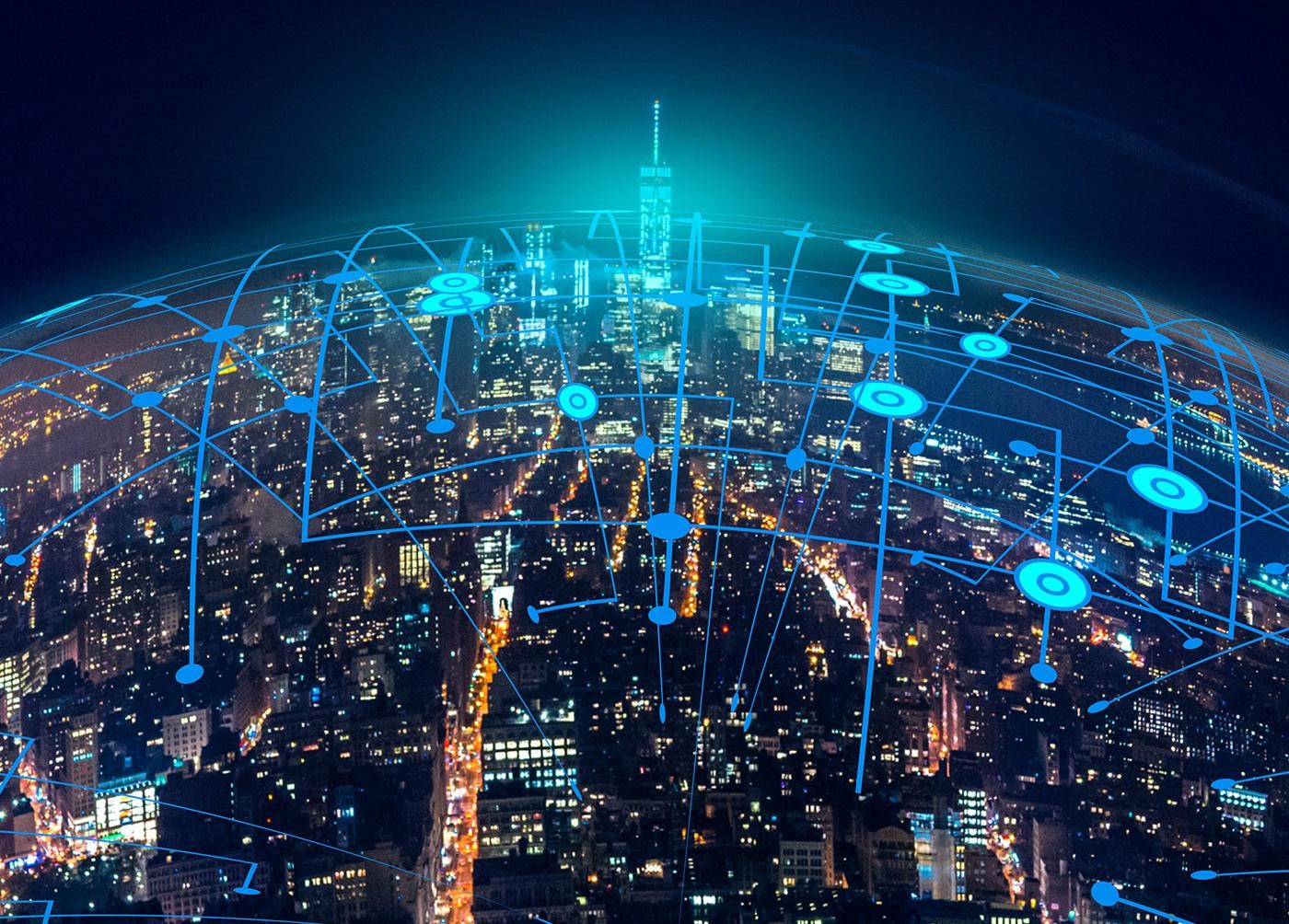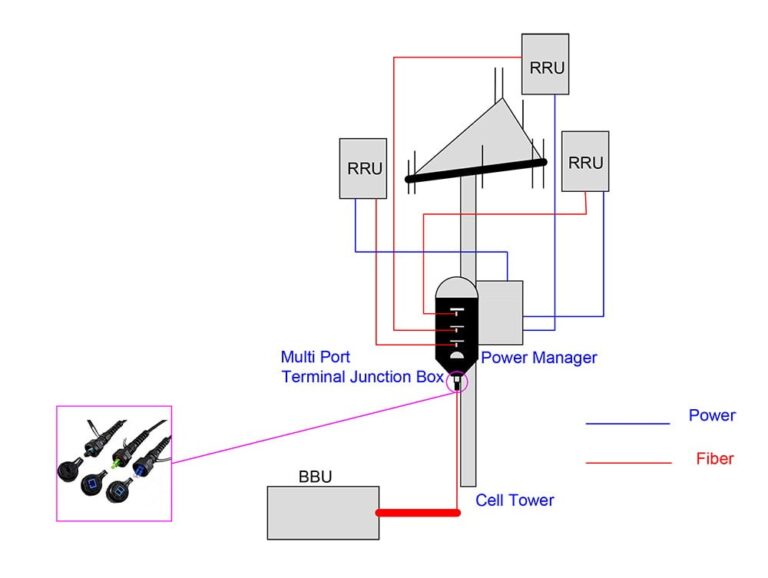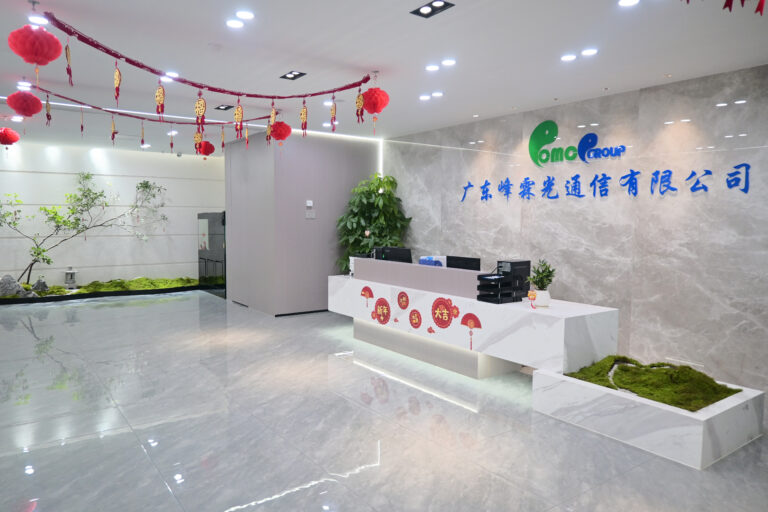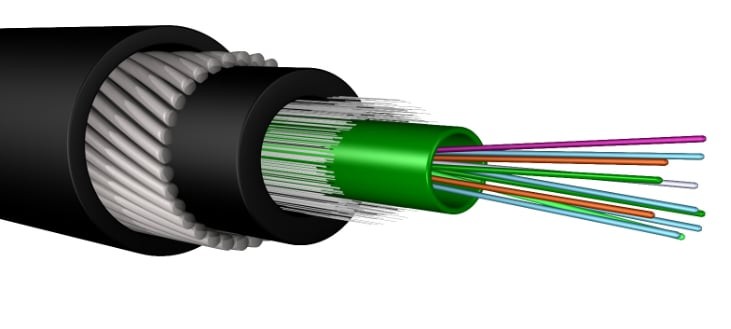Fiber optic internet, which offers formerly unattainable speeds and dependability, has completely changed the way we connect to the digital world. The many benefits this technology offers over conventional copper-based internet connections have led to its increasing popularity.

The fundamental component of fiber optic internet is the use of optical fibers, which are tiny glass or plastic strands. Light signals are sent through these fibers and used to carry data throughout a fiber network. The process involves:
- Light Generation: A light beam is produced by a laser or an LED (Light-Emitting Diode), and it is manipulated to transmit data.
- Data Encoding: Data encoding involves modulating light, or changing its intensity according to a predetermined pattern, to convey digital data.
- Transmission through Fiber: An optical fiber is used to transmit the modified light. Total internal reflection occurs within the fiber to guarantee that the light stays contained within its structure, which usually consists of a core encircled by cladding.
- Total Internal Reflection: The light reaches the core-cladding barrier when it passes through the fiber. Because the core has a greater refractive index than the cladding, light does not escape but rather reflects into the core. Total internal reflection is the phenomenon that makes long-distance light transmission within fibers possible without causing appreciable loss.
- Data decoding: A photodetector is used at the receiving end to transform the light signal back into electrical signals. After that, these electrical signals are then decoded to retrieve the original data.
Advantages of Fiber Optic Internet for Fiber Network
Speed: Compared to conventional copper-based internet connections, fiber optic internet delivers far quicker speeds. The reason for this is that light moves considerably more quickly than electrical signals.
Capacity: Fiber optic cables have a tremendous data carrying capacity, which makes them perfect for high bandwidth applications like massive file transfers, online gaming, and streaming high-definition video.
Reliability: Fiber optic cables provide more dependable and consistent connections because they are less prone to noise and interference than copper cables. This is due to the reduced susceptibility of light signals to outside influences.
Distance: You may link remote places to the internet by using fiber optic transmissions, which can travel over vast distances without experiencing significant degradation. Considering that copper-based connections are susceptible to signal loss over extended distances, this is a significant advantage.
Future-Proof: Future developments in data transfer and communication can benefit greatly from fiber optic technology. Fiber networks are probably going to become increasingly important as technology develops.

Conclusion
The way we connect to the digital world has been completely transformed by fiber optic internet. It is a necessary tool for both individuals and organizations due to its fast speed, dependability, and capacity. As fiber networks grow, we should anticipate even more benefits from this revolutionary technology.

Visit OMC Cable if you are looking to buy quality optical fiber cables for your internet network needs. With a wide range of products, we are certain that we have what you are looking for. Contact us and we will help you choose the right product for your fiber network solutions.





